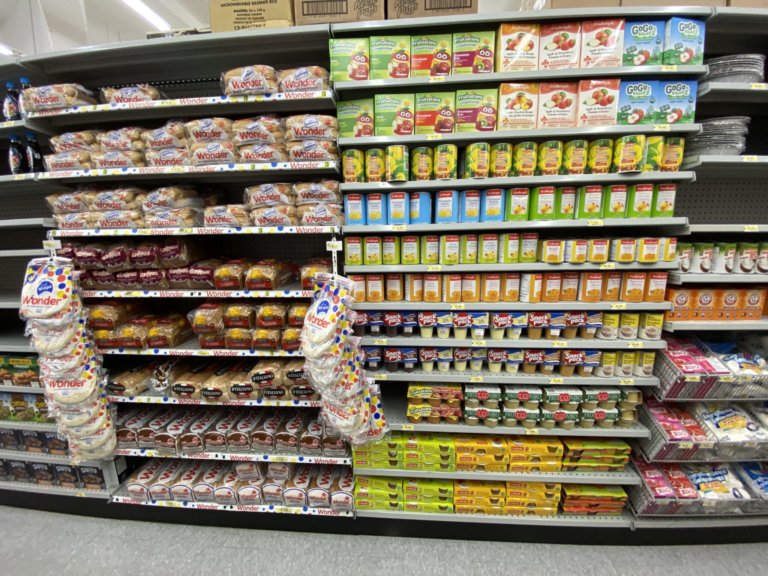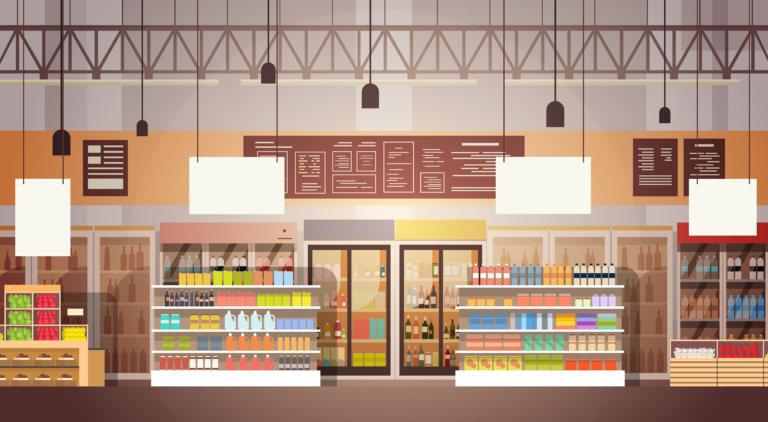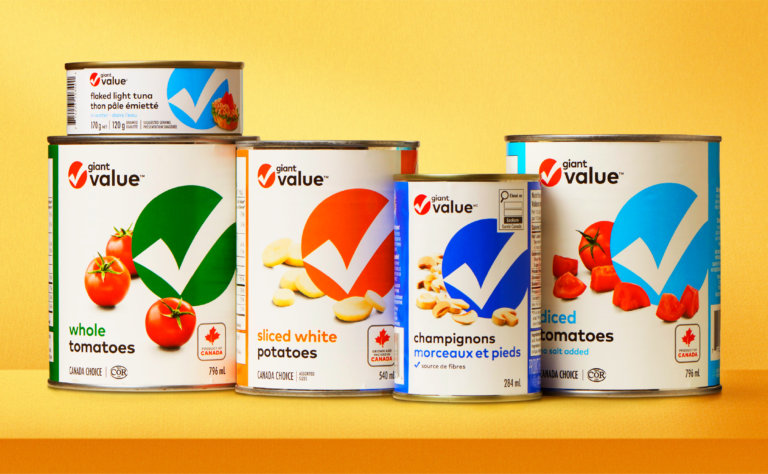In today’s challenging economic landscape with high inflation, many consumers are becoming increasingly budget-conscious with grocery shopping. As a result, discount and value-based retailers have been more popular as go-to destinations for some shoppers trying to minimize food costs. Research by Statista shows that the share of grocery store shoppers using Dollarama has increased by 7% since Q1 of 2021. This shift in customer behavior isn’t just a boon for discount and value-based retailers; it also presents opportunities for CPG brands (including private labels), especially those in packaged food. In this blog, we’ll explore how CPG brands may leverage the growing popularity of value-based grocery shopping and strategically approach this market ripe with potential.

Image Source: Shutterstock
The Trend of Grocery Shopping at Discount and Value-based Grocery Retailers
The allure of dollar stores and value-based grocery retailers has grown steadily over the past few years, fueled by factors like rising living costs and inflation. Customers are feeling the pinch in their wallets, prompting them to seek affordable alternatives for everyday essentials, including groceries. On top of the increasingly popular app Flipp for browsing weekly digital flyers, some customers are turning to dollar stores and value-based grocery retailers for grocery items. Some offerings at these two retailer types are identical to those at other grocery chains, but the former may sell them at a cheaper price. As a result, regardless of their purchasing power, customers may begin to shop at these retailers. At dollar stores, they may prioritize searching for non-perishable groceries such as condiments and canned food.
The Opportunities for CPG Brands
As we delve into the realm of value-based grocery shopping and the mindset of cost-conscious consumers, CPG brands, including private labels, may find themselves at a crossroads. How can brands skillfully leverage this shifting trend? What opportunities lie ahead in this dynamic environment which may last for years? Below are some opportunities worthy of note.
1. Less Competition among Brands
One significant opportunity that dollar stores offer CPG brands is the advantage of reduced competition among brands, followed by enhanced visibility. Unlike traditional grocery chains, dollar stores often feature fewer brands for a single product type. This presents a unique physical environment for CPG brands to stand out on the shelf and capture shoppers’ attention.
Imagine walking into a dollar store where your products aren’t stacked among countless alternatives, and customers don’t have to squeeze into a crowd of shopping carts. With less competition for visual attention, brands may take up a larger store shelf to display their products. In times of high inflation, this retail outlet may be a good opportunity for brands with certain product lines focusing on basic and affordable CPGs.

Image Source: Retail Insider
2. Exclusive Product or Packaging Design
At Costco, it’s not hard to find limited-edition or exclusive products in club sizes or variety packs. Similarly, exclusive value-based products could be developed for discount retail outlets. Nowadays, we can find chips at unbeatable prices in exclusive packages at dollar stores. Brands with product lines suitable for discount retailers may consider tailoring them specifically for these market types. Exclusive designs may create a sense of excitement among value-based grocery shoppers. Here are some approaches that brands could consider.
- Unique, Lower-Cost Product Offering: One advantage that CPG brands can leverage is to develop specialized products or packages at lower price points. Similar to the club-size packs sold only at Costco, there could be more tailored products, product lines, or pack sizes offered only at discount retailers.
- Fast and Convenient Food Option: 39% of Dollarama shoppers say that food must be convenient and fast. CPG brands may consider prioritizing quick and convenient products for dollar stores.
- Value-Focused and Clear Design: Brands should create packaging designs that not only emphasize savings but also resonate strongly with this consumer segment. Front-panel package designs should be leveraged to communicate the brand messages in a simplistic but eye-catching way. Moving forward, it is worth considering how to utilize shelf space near self-checkout counters, where customers tend to grab small and inexpensive items.
- Brand Consistency within Product Line: While designing unique packages for discount or value-based retailers, brand consistency should still be maintained across all outlets. Shoppers should be able to recognize your brand no matter which retailer they encounter it at. This consistency reinforces brand familiarity and customer retention.

Image Source: Shutterstock
3. Private Labels with Value-Based Products
In recent years, more and more grocery chains have been increasing investment in diversifying their private label portfolio at various price points. Private labels with value-based products should seize the chance to stand out on the shelf through a consistent and relevant package architecture, which can convey messages corresponding to the brand’s positioning and image, such as both quality and affordability. During periods of rising inflation, it can be perfect timing for value-based private labels to attract new customers in-store, followed by enhanced retention and loyalty.

Image Source: SLD
The Takeaway
The trend of value-based grocery shopping presents opportunities that could support CPG brands as consumers continue to make trade-offs at the grocery store. By capitalizing on the less competitive environment and the possibility of exclusive offerings, brands may enhance their visibility at these outlets of growing popularity.

